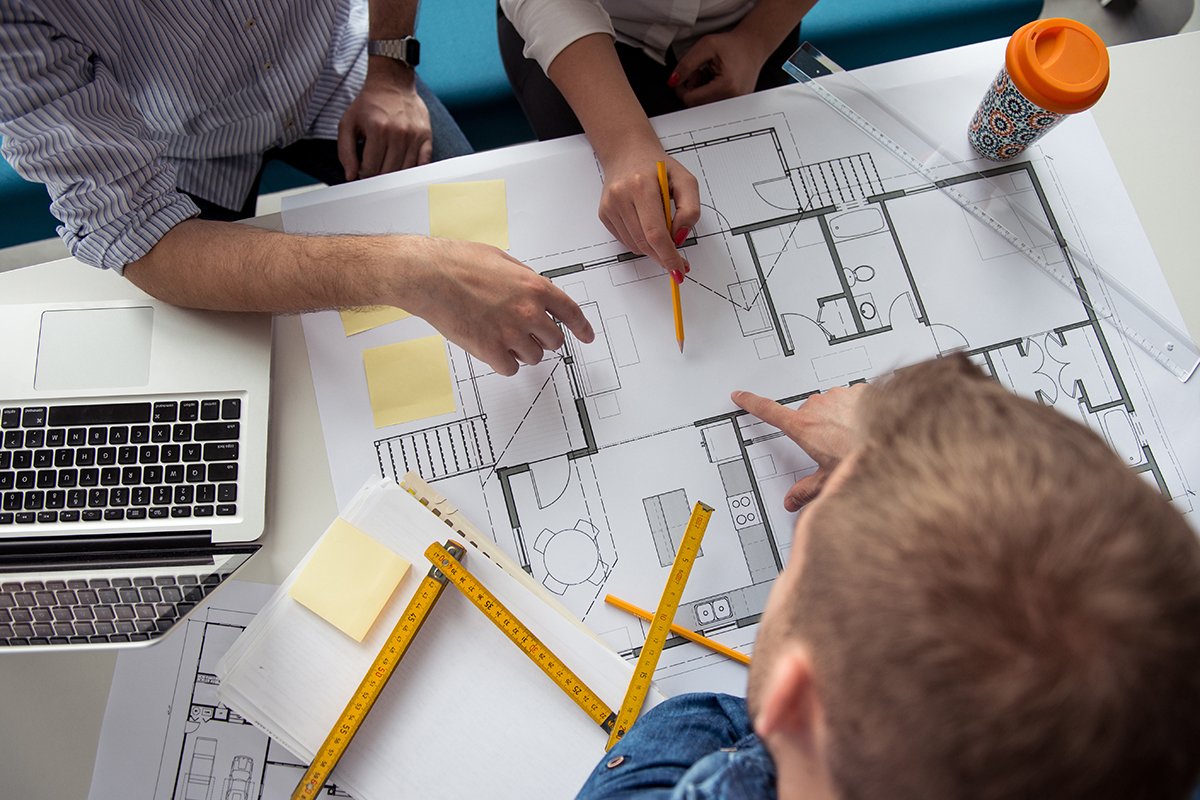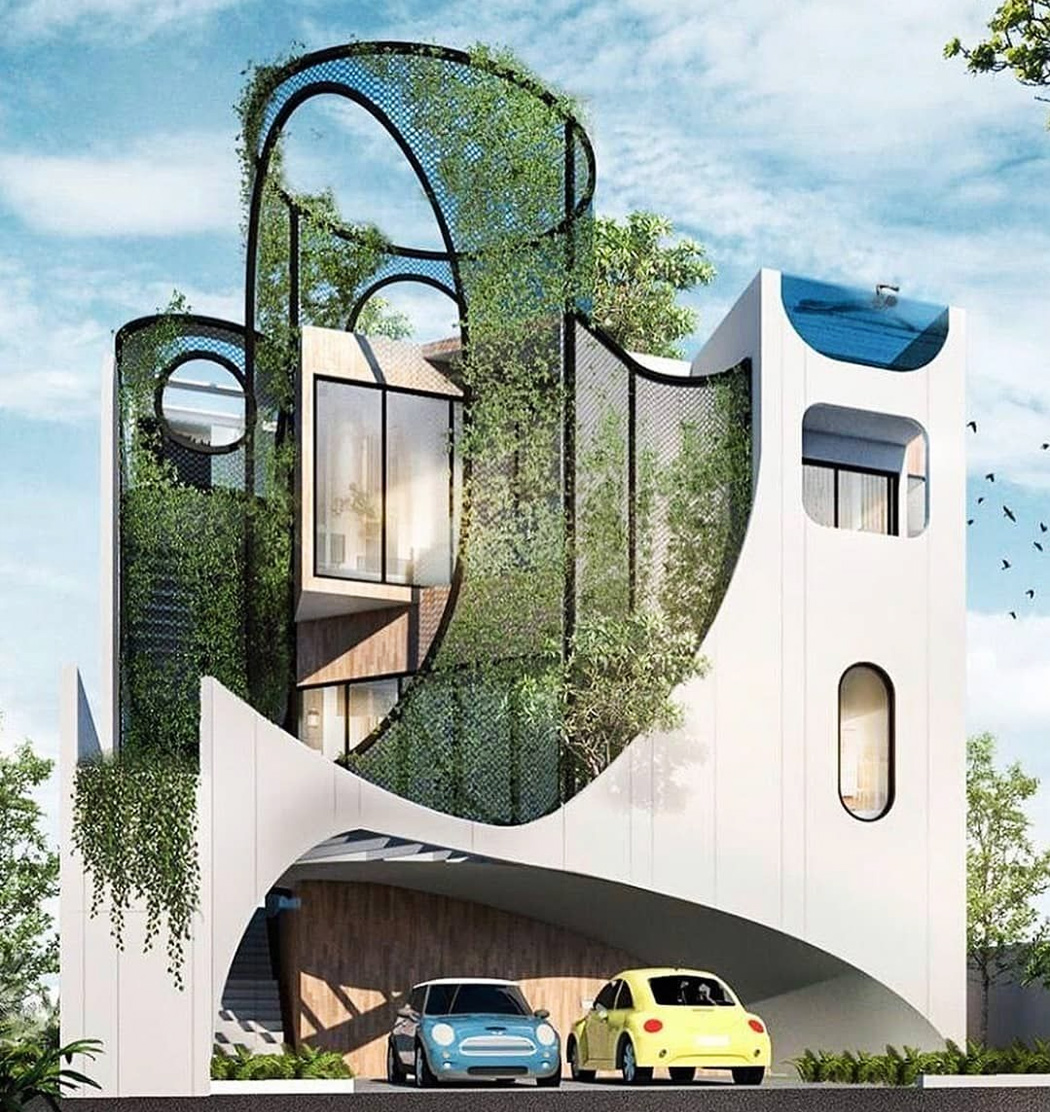Discover Innovative Styles with Leading CDA Architects for Your Next Project
Discover Innovative Styles with Leading CDA Architects for Your Next Project
Blog Article
Exploring the Diverse Responsibilities and Ability Sets Required for a Successful Profession in Style
Designers are charged not only with the visual aspects of design yet likewise with the complex nuances of job management, reliable communication, and collaboration throughout different self-controls. What exists at the junction of these diverse expertises, and just how do they form a designer's trip toward success?
Secret Obligations of Architects
Architects bear a wide variety of responsibilities that are important to the successful conclusion of a project (cda architects). Central to their function is the development of thorough style ideas that align with the client's vision while adhering to governing requirements. Engineers participate in extensive assessments with customers, gathering vital details regarding their needs, preferences, and budget plan restraints, which notifies the layout process
In addition to conceptualization, engineers are entrusted with producing thorough drawings and requirements that work as plans for building. They need to ensure that these documents are not just cosmetically pleasing however also functional and lasting. Working together with engineers, contractors, and various other experts is another vital responsibility, as designers coordinate numerous facets of a project to guarantee coherence and performance.
In addition, engineers have to remain attentive about job timelines and budgets, often carrying out assessments to identify prospective dangers and hold-ups. They are also in charge of acquiring essential licenses and ensuring conformity with local building ordinance. Finally, architects play a vital role in supervising building and construction, performing website brows through, and resolving any type of issues that emerge, making sure that the last item meets the well established layout and top quality criteria.
Essential Technical Abilities
A robust structure in important technological skills is essential for designers to effectively navigate the complexities of the layout and construction procedures (cda architects). Effectiveness in computer-aided design (CAD) software is essential, as it enables designers to develop accurate and in-depth building illustrations. Experience with Building Information Modeling (BIM) is just as critical, making it possible for architects to envision and imitate the building and construction process, take care of project information, and team up effectively with other stakeholders
Moreover, a solid understanding of architectural, mechanical, and electrical systems guarantees that architects can develop structures that are not only visually pleasing but additionally functional and secure. Knowledge of construction approaches and products is necessary to make informed decisions that align with project budgets and timelines.
Additionally, engineers have to have skills in job management, consisting of scheduling, budgeting, and resource appropriation, to make sure that projects are completed successfully. An understanding of regional structure codes and policies is additionally vital, as it makes sure compliance and assists protect against legal issues.

Creative Issue Solving
Creative issue solving is an important competency for architects, allowing them to attend to unique difficulties that develop throughout the layout and building stages. Engineers regularly encounter intricate issues, such as website restrictions, zoning policies, and client demands, which require innovative and reliable solutions. The capacity to assume seriously and creatively is important in generating ideas that are both useful and aesthetically pleasing.
Effective creative trouble solving entails an organized approach, starting with extensive analysis and recognition of the problem. Engineers need to evaluate multiple perspectives, thinking about elements such as sustainability, cost, and community impact. This process usually includes conceptualizing sessions, where diverse ideas are urged and checked out.
Collaboration plays a significant function in this expertise. Engaging with multidisciplinary teams permits engineers to take advantage of varied expertise, cultivating an atmosphere where unique options can emerge. Designers should stay adaptable, as difficulties frequently develop throughout a project's lifecycle.
Ultimately, effective imaginative problem fixing not only solves instant problems yet also improves the total integrity and vision of the building style. By embracing this skill, architects can produce spaces that reverberate with customers while attending to the multifaceted needs of their career.
Task Monitoring Techniques
Efficient project monitoring techniques are vital for guaranteeing the successful execution of architectural endeavors (cda architects). These strategies include a variety of methods focused on optimizing resources, handling time, and regulating costs. One basic approach is the usage of the Job Management Institute's (PMI) structure, that includes specifying job scope, establishing clear purposes, and creating a thorough timeline
In addition, taking on Agile methods can boost flexibility and responsiveness throughout the project lifecycle, allowing engineers to adapt to transforming client needs or unforeseen challenges. Utilizing tools such as Gantt graphes and task monitoring software also facilitates tracking progression and maintaining liability amongst staff member.
Danger monitoring is another essential aspect, needing architects to recognize possible challenges at an early stage and look at these guys develop mitigation strategies. Normal development analyses and stakeholder assessments guarantee that tasks stay straightened with initial goals and expectations.
In addition, the application of Lean concepts promotes efficiency by decreasing waste and streamlining procedures. Ultimately, grasping these job administration techniques not only enhances the high quality of architectural jobs but likewise adds to the informative post sustainability and profitability of architectural companies. This extensive strategy is crucial for browsing the complexities intrinsic in the field of architecture.
Value of Interaction Skills
Communication skills are indispensable to the success of any designer, as they facilitate collaboration amongst diverse stakeholders, consisting of clients, contractors, and team participants. Effective interaction ensures that the vision of a task is plainly expressed and understood by all events included. This clarity is important to lining up assumptions and reducing misunderstandings that might arise during the style and construction procedures.
Designers should possess both verbal and written interaction skills, as they frequently present layouts, draft propositions, and work out contracts. In addition, the capacity to listen actively is equally important; designers have to comprehend the needs and preferences of clients to develop spaces that mirror their vision while adhering to useful constraints.

Ultimately, strong communication skills not just add to the smooth execution of building projects but likewise help build enduring relationships with customers and collaborators, which is important for professional you could try these out development and credibility in the competitive area of design.
Verdict
Designers have to balance imaginative vision with technological efficiency, effective task monitoring, and strong interaction abilities. The interaction of these expertises assists in the growth of cutting-edge and lasting architectural solutions, guaranteeing that jobs not only fulfill client expectations yet likewise adhere to industry requirements.
Report this page